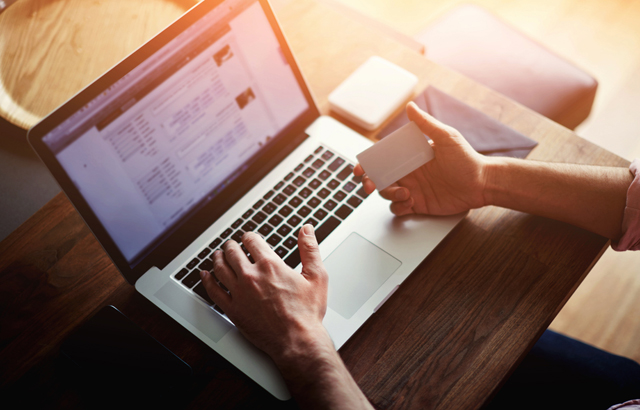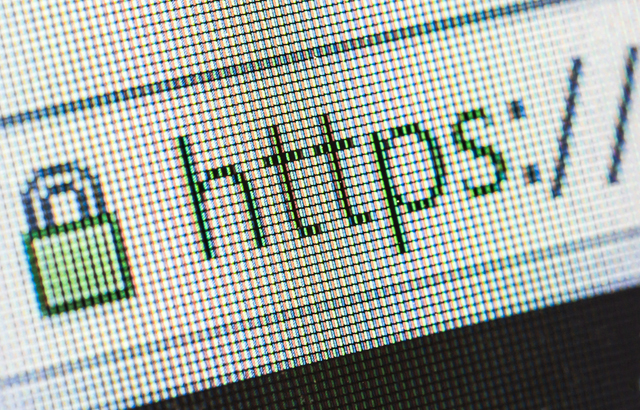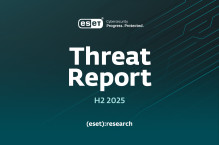Online shopping is big business these days, with more and more consumers across the world turning to the world wide web to purchase goods. This is especially the case in countries where ecommerce is really taking hold over the way people shop.
For example, according to the collaborative study published by the OC&C Strategy Consultants, PayPal and Google, the online retail markets in the US, UK, Germany and China will double to £645 billion by 2018.
Needless to say, this has caught the attention of cybercriminals who are keen to exploit individuals benefitting from the convenience, affordability and choice that makes the internet such a compelling place to be.
With that in mind and conscious that the Christmas season is about to get underway, we have put together five top tips on how to stay safe and secure when shopping online.
- Stick with trusted brands that have a strong reputation

Sticking with popular brands is as good as any advice when shopping online. Not only do you know what you’re getting by way of quality and price, but you also feel more confident that these well-established names have in place robust security measures.
However, be careful, as fraudsters often create fake and professional looking websites to lure in unsuspecting victims. Their efforts can be quite remarkable, as researchers at Google and the University of San Diego found last year.
They observed how high-quality phishing sites are so effective that they have a 45 percent success rate at extracting data. For average-looking fakes, that figure drops down to 14 percent.
- Use credit cards and secure payment services instead of debit cards

As a general rule, credit cards, in comparison to debit cards, offer consumers additional protection when shopping online. The main advantage of the latter is that a credit card account is in no way linked to whatever funds you actually own. And that’s not all – there are other benefits too.
“Unlike debit cards, credit cards may have a limit on the monetary amount you will be responsible for paying if your information is stolen and used by someone else,” explains Stay Safe Online, a National Cyber Security Initiative.
Likewise, using secure online payment services, like that offered by PayPal, are advisable. The advantage with these providers is that they act as a kind of middle man, whereby you deliver payment to them - i.e. PayPal - and they then pass this onto the retailer. Your bank details always remain unseen.
- Look for the "https" URL and the padlock symbol

HTTPS, which was developed by Netscape, is an online safety protocol that encrypts information so that data can be kept private and protected. In most cases, the text in the URL is preceded by a padlock symbol (if this is missing, the website should be treated with caution).
The ‘S’ in HTTPS, incidentally, stands for secure. Websites that use HTTPS cause data sent between the site and your web browser to be encrypted through the use of TLS (Transport Layer Security). That means that any information, such as your credit card details, can't be intercepted in plaintext form by an external attacker. Note that using HTTPS does not say anything about the reputability of the site receiving the data, however!
- Be wary of dodgy offers that are too good to be true

We have all come across a legitimately unbelievable offer and jumped on it with enthusiasm, glad to have been afforded the opportunity to purchase something at a fraction of its true cost.
But that is rare. The old adage of “if it’s too good to be true, then it probably is” should inform how you shop online – caution is required because there are plenty of scams looking to hook you in with tempting offers. In some cases, the perpetrators are looking to simply infect your device.
It is advisable to be doubly vigilant during holiday seasons, like Christmas, where there does tend to be a lot of amazing and genuine offers. The more reliable the brand and the more secure the URL, the more likely it is that it’s authentic. If not, then walk away.
- Opt for your mobile phone network over public Wi-Fi

Public Wi-Fi is unquestionably something we as consumers now expect. From shops to cafes to restaurants, being able to access the internet with little or no cost is in tune with our connected way of living.
However, when it comes to buying online, all the convenience that comes with public Wi-Fi can be overshadowed by the many risks that are associated with this service. You’d be surprised at how unsecure many hotspots actually are and how easy they are to attack.
There are ample solutions to resolving the vulnerabilities associated with public Wi-Fi, but, in general, when out and about, opt to use data provided by your network provider when going online.




